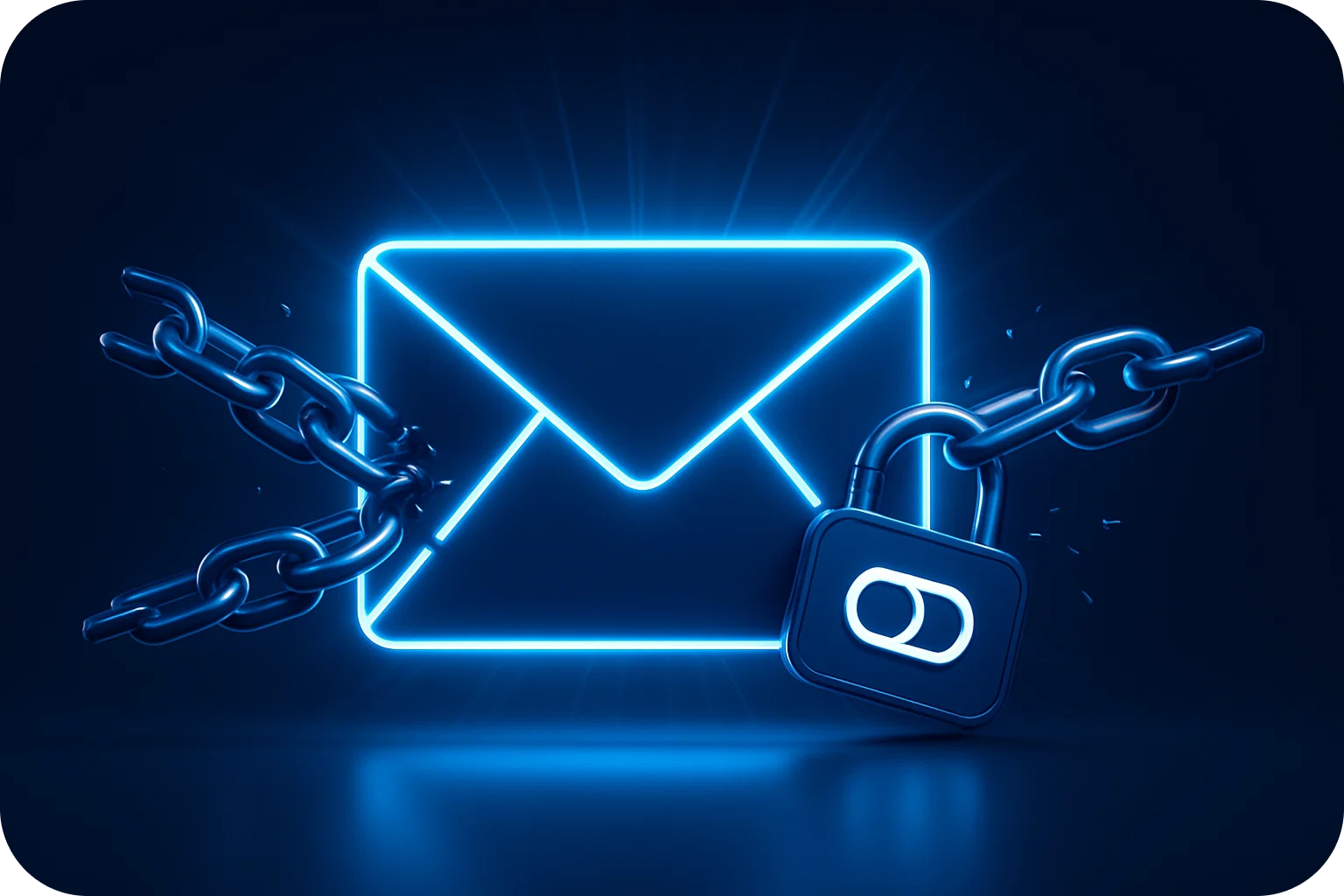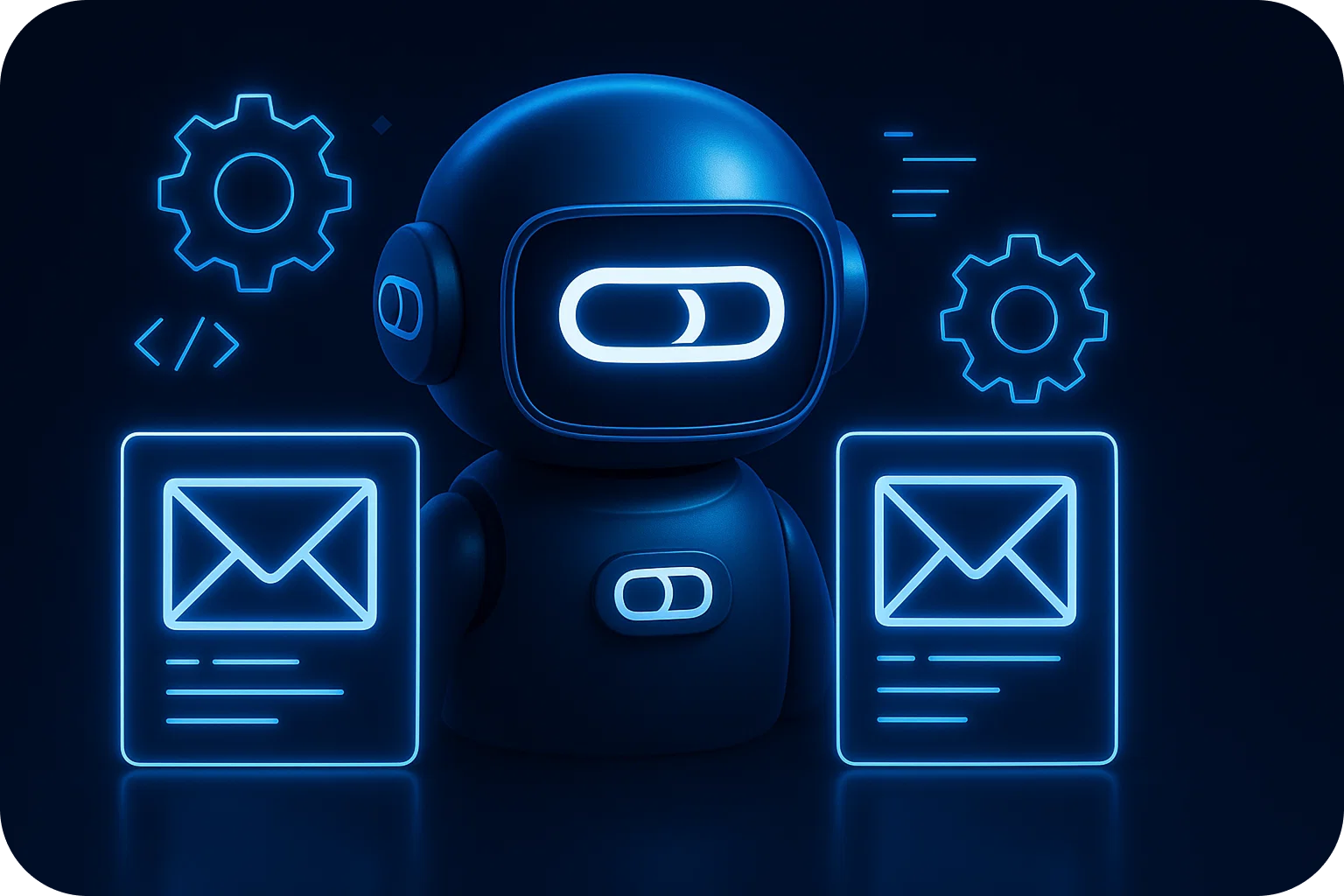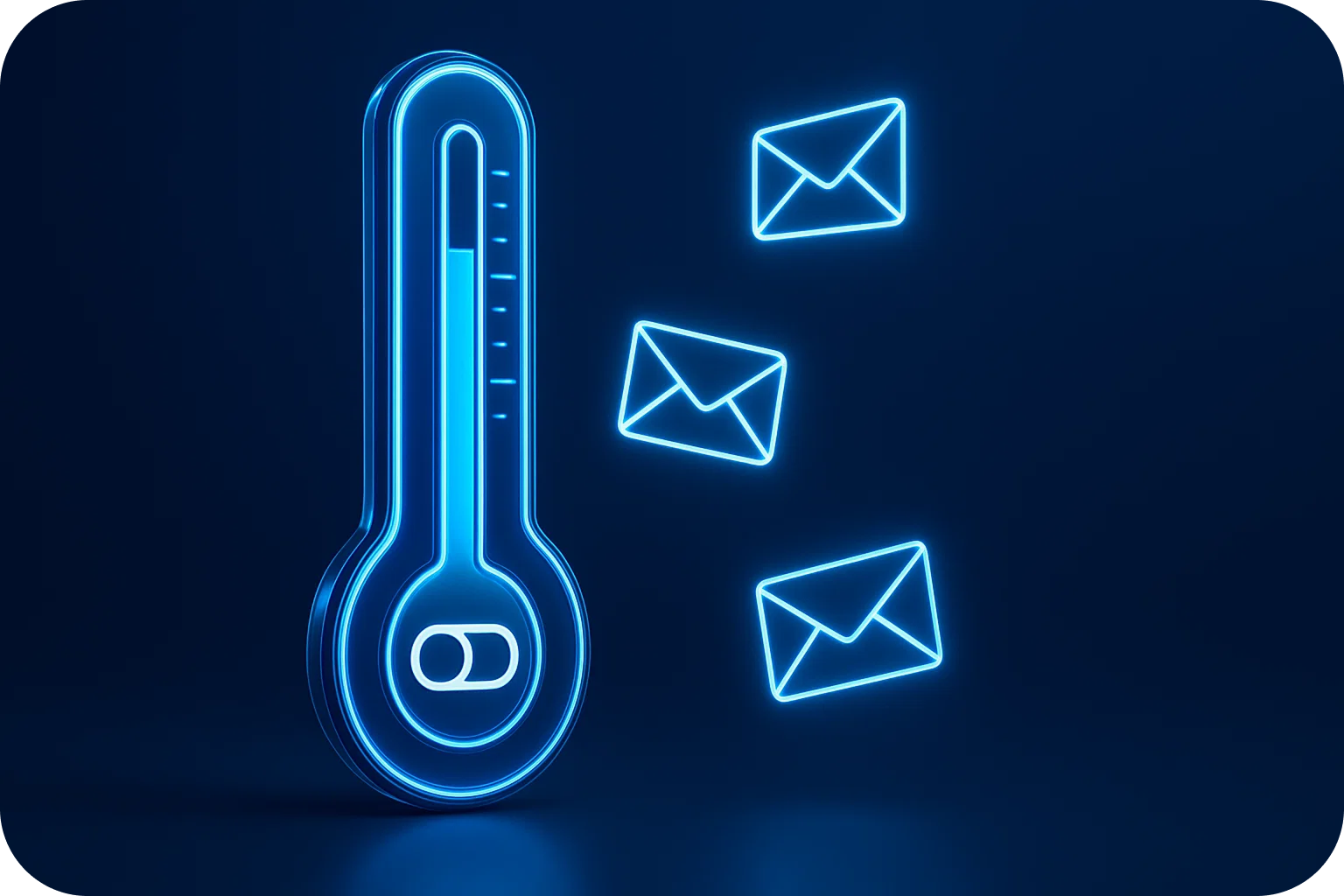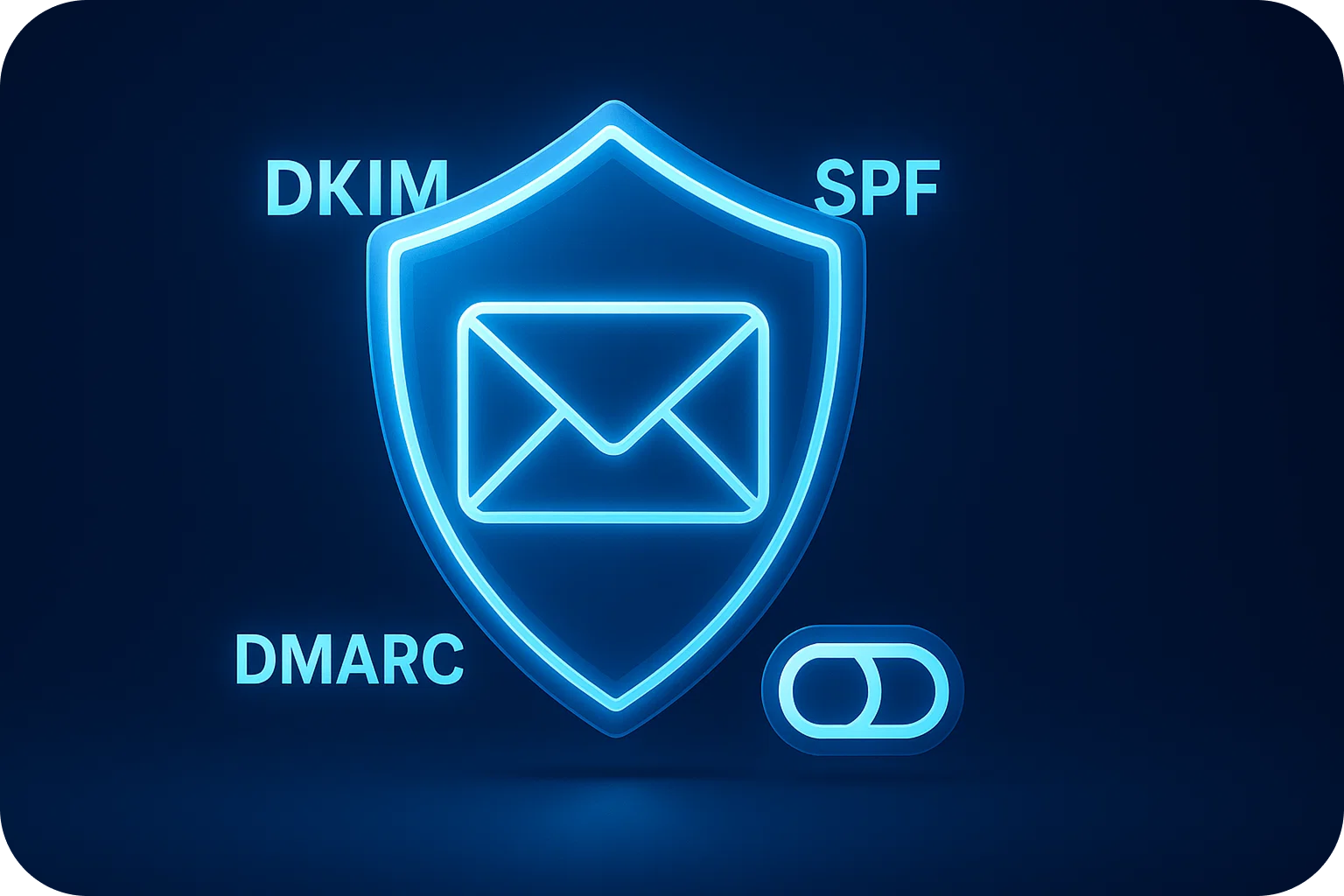Email Personalization: 15 Tactics to Increase Response Rates
.png)
Cold email outreach can feel like shouting into the void, unless you master the art of personalization. With inbox placement rates averaging 96-98% across major email providers, the real challenge isn't getting your emails delivered; it's getting them opened, read, and responded to.
Email personalization is the bridge between a generic mass email and a meaningful conversation starter. When done right, it can dramatically increase your response rates, strengthen relationships, and drive better results for your outreach campaigns.
Why Email Personalization Matters More Than Ever
In today's saturated inbox environment, recipients can spot a generic template from miles away. Research shows that personalized emails deliver 6x higher transaction rates, yet 70% of brands fail to use them effectively in their cold outreach.
The key isn't just adding a first name to your subject line. It's about creating genuine connections that resonate with your prospects' specific needs, challenges, and interests.
15 Proven Email Personalization Tactics
1. Research Your Prospect's Recent Achievements
Start by checking their LinkedIn profile, company news, or industry publications. Reference a recent promotion, award, or company milestone in your opening line. This shows you've invested time in understanding their current situation.
Example: "Congratulations on the Series B funding announcement! I noticed TechCorp raised $15M to expand into European markets..."
2. Reference Mutual Connections
Leverage your network by mentioning shared connections, colleagues, or industry contacts. This immediately builds trust and credibility.
Example: "Sarah Johnson from XYZ Agency mentioned you're looking for ways to scale your outreach efforts..."
3. Comment on Their Content
Engage with their recent blog posts, social media updates, or speaking engagements. Show that you're genuinely interested in their expertise and insights.
Example: "Your recent article about AI in sales automation really resonated with me, especially your point about maintaining human connection..."
4. Use Company-Specific Pain Points
Research industry challenges specific to their company size, sector, or market position. Address pain points that are likely keeping them up at night.
Example: "As a fast-growing SaaS company, you're probably facing the challenge of scaling your sales outreach without compromising deliverability..."
5. Leverage Geographic Relevance
Reference local events, market conditions, or regional business trends that affect their area. This creates an immediate sense of relevance and proximity.
Example: "With the new data privacy regulations rolling out in Singapore, many companies like yours are reassessing their email compliance strategies..."
6. Personalize Based on Company Growth Stage
Tailor your message to their company's current phase – startup, scale-up, or enterprise. Each stage has unique challenges and priorities.
Example: "As a 50-person startup moving into your next growth phase, email infrastructure probably wasn't a priority until now..."
7. Reference Industry-Specific Challenges
Demonstrate deep understanding of their industry by mentioning sector-specific trends, regulations, or competitive pressures.
Example: "Lead generation agencies like yours are under increasing pressure to deliver higher-quality leads while managing multiple client campaigns..."
8. Use Behavioral Triggers
Reference actions they've taken, such as downloading content, attending webinars, or visiting your website. This shows you're paying attention to their engagement.
Example: "I noticed you downloaded our deliverability guide last week. Are you currently experiencing inbox placement challenges?"
9. Personalize the Timing
Send emails based on their time zone, industry events, or business cycles. Timing can be a form of personalization that shows respect for their schedule.
Example: "I know Q4 is busy for sales teams, so I'll keep this brief..."
10. Reference Their Tech Stack
Mention tools or platforms they're currently using. This shows you understand their operational setup and can speak their language.
Example: "Since you're already using Salesforce for CRM, you'll appreciate how our platform integrates seamlessly with your existing workflow..."
11. Acknowledge Their Expertise
Position them as the expert and seek their insights. People love to share their knowledge and feel valued for their expertise.
Example: "Given your experience scaling outreach at three different startups, I'd love to get your perspective on..."
12. Use Social Proof Relevant to Them
Share success stories from similar companies, industries, or use cases that mirror their situation.
Example: "We recently helped another lead generation agency increase their client campaign deliverability by 40%..."
13. Personalize the Problem Statement
Instead of generic pain points, reference specific challenges that their role, company size, or industry typically faces.
Example: "As CMO of a growing tech company, you're probably juggling multiple outreach campaigns while ensuring consistent deliverability..."
14. Reference Recent Company Changes
Mention recent hires, office moves, product launches, or strategic shifts that might create new needs or priorities.
Example: "I saw you recently expanded your sales team by 50%. That kind of growth probably puts new demands on your email infrastructure..."
15. Create Contextual Urgency
Tie your outreach to timely events, seasonal trends, or industry deadlines that create natural urgency.
Example: "With GDPR compliance audits ramping up in Q1, now's the perfect time to ensure your email infrastructure meets all requirements..."
Best Practices for Implementation
Start Small: Don't try to implement all 15 tactics at once. Choose 3-5 that align best with your target audience and gradually expand.
Quality Over Quantity: It's better to send 50 highly personalized emails than 500 generic ones. Focus on quality research and genuine personalization.
Test and Measure: Track which personalization tactics generate the highest response rates for your specific audience and double down on what works.
Maintain Authenticity: Personalization should feel natural, not forced. If you can't find a genuine connection point, it's better to keep it simple.
Scale Strategically: As you grow your outreach volume, consider which elements can be semi-automated while maintaining the personal touch.
The Infrastructure Foundation
Remember, even the most personalized email won't succeed if it doesn't reach the inbox. With proper email infrastructure supporting 98% deliverability rates, your personalized messages have the best chance of being seen and responded to.
The combination of thoughtful personalization and reliable delivery creates a powerful foundation for successful cold email campaigns that build genuine business relationships.
Ready to Transform Your Cold Email Results?
Personalization is just one piece of the puzzle. To truly scale your outreach efforts while maintaining high deliverability and response rates, you need the right infrastructure foundation.
Book a demo to discover how Mailpool can help you implement these personalization tactics at scale while ensuring your emails consistently land in the primary inbox. Our 10-minute setup process means you can start seeing results from your personalized campaigns almost immediately.
More articles
Get started now




%201.png)





